What Are D Tuners On A Banjo?
The Keith D tuner is a tuning machine that has stops built into it that allows the player to “set” a note and then re-tune to another note and “set” the second note so that he can change from one note to the other and the stops will prevent him from tuning too far or not far enough. Earl Scruggs used these and is credited for inventing them on several songs. (Earl’s Breakdown, Randy Lyn Rag and Flint Hill Special are some classics.) D-tuners take some finessing and an “out of tune” situation is very common and easy to fix.
We'll start by first taking a sharp #2 pencil and lifting out the second and third strings from the nut (up by the tuning pegs) and rub the pencil back and forth in the slots until both slots are completely coated with the pencil graphite. This will lubricate the strings in the slots and help prevent any binding that will pinch the string and not allow the string to move from pitch to pitch.
When the strings are back in the now lubricated notches, and tuned up to pitch, set the tuner to the upper note first. (Always set the upper note first) Lower the string pitch to the lower note and without setting the lower note, bring it back up to the high note that is pre-set. I'll bet it's flat. Loosen the high note stop and re-tune the note. Now, lower the note again and bring it back up to the stop. I'll bet it's closer if it's not right on. If it is close but not quite on, loosen the high note stop again and tune it again. One trick that helps is to bring the note up to the high note while tuning and setting the stop. Avoid bringing the note down to the right pitch, as this tends to exaggerate the problem of the "sticking nut".
Once you have the high note set and in tune, now lower the note to the desired lower note and set the stop. Bring the note back up to the higher note and then back down. Perhaps it is a little sharp. Loosen the lower stop and retune and set again. This usually puts the lower note in tune. Raise the pitch up to check the high note and lower it to the lower note. Sometimes the high note will be flat again and you will need to start the process all over again. Setting the high note while the lower stop is in place doesn't usually work. It is best to set the high note when the low note stop is not set. However, setting the low note is usually easier and faster than setting the high note on most banjos.
As you can imagine, the amount of graphite in the nut slots makes a big difference when you are sliding a string through constantly like you do with D-tuners. Keep a pencil in your case and keep the slot and the string constantly coated with the graphite. (This helps your other strings tune easier too. Even the wound fourth string when you apply the graphite to them as well)
D-tuners are not exactly user friendly but with good nut lubrication and patience in setting the notes in the manner I've described,they will be accurate, smooth and soooooooo much fun!
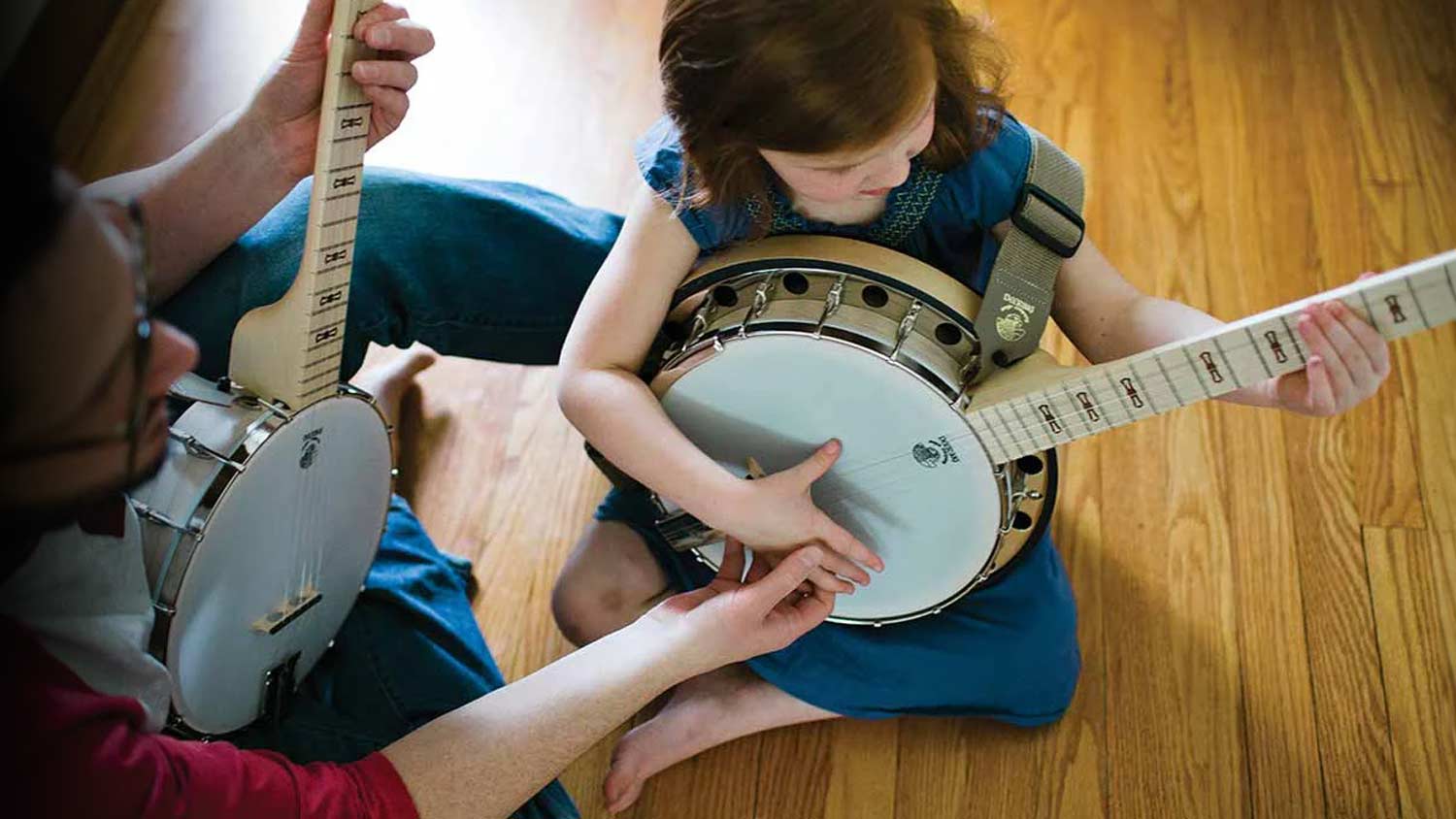



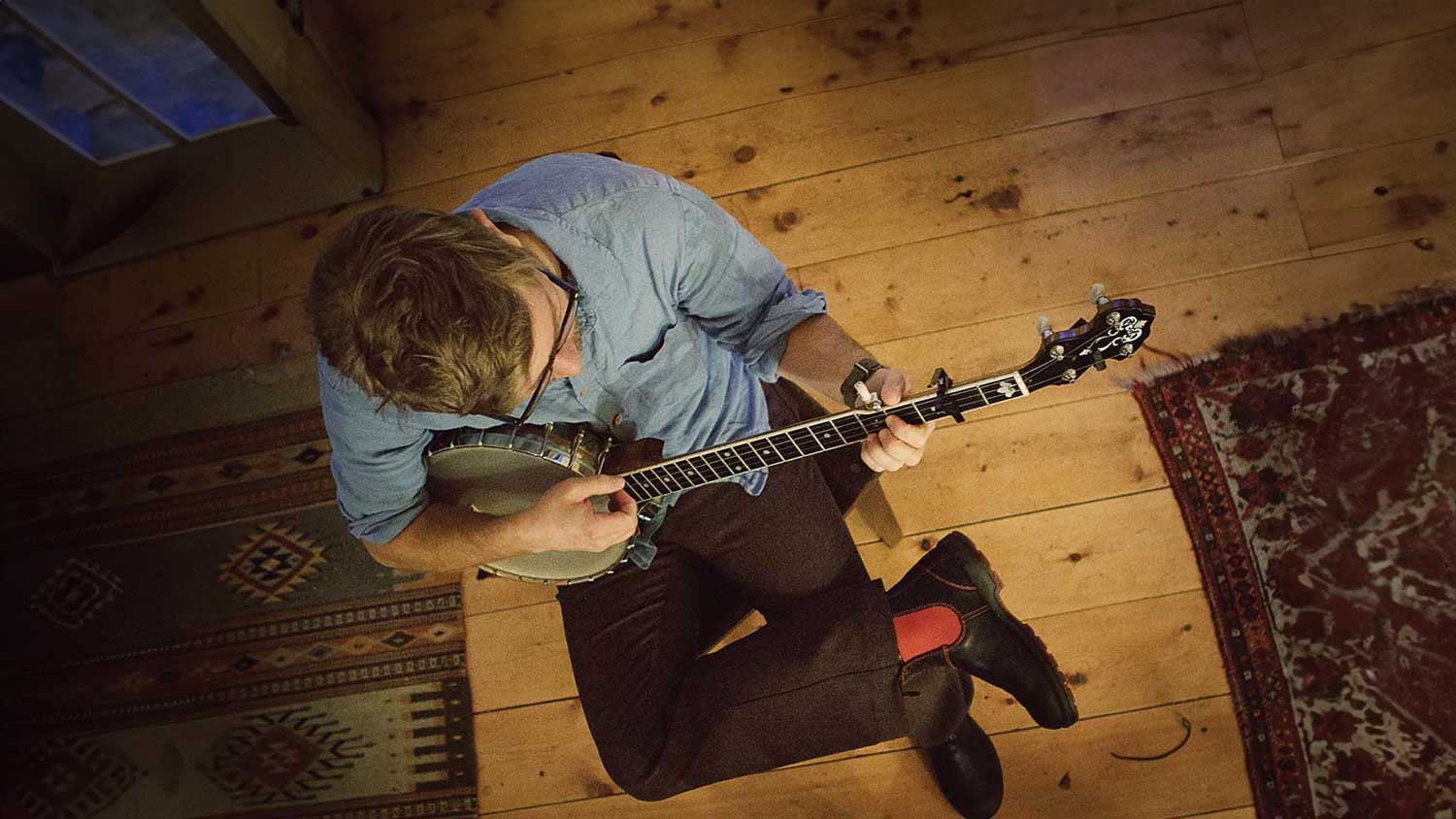
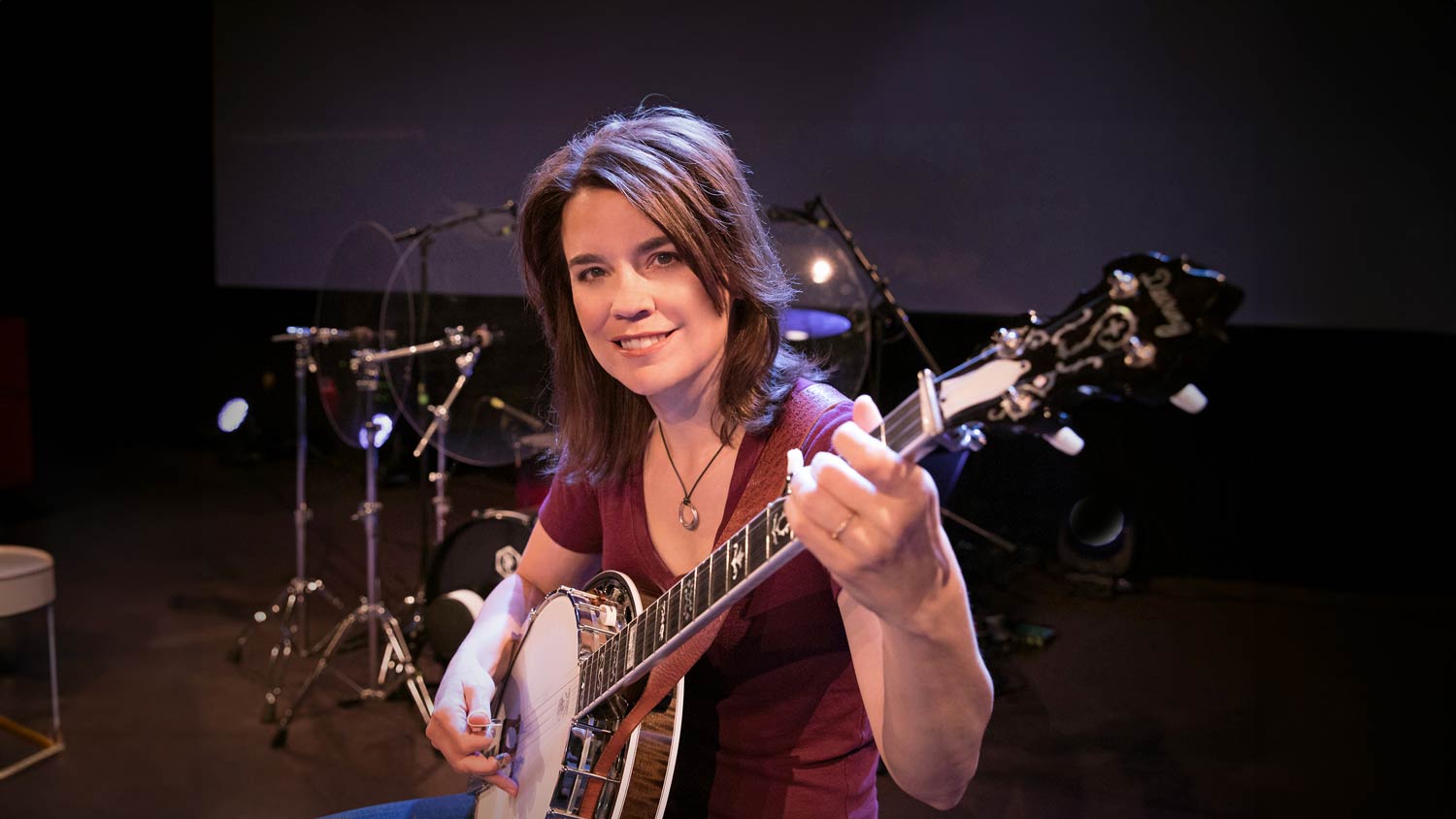

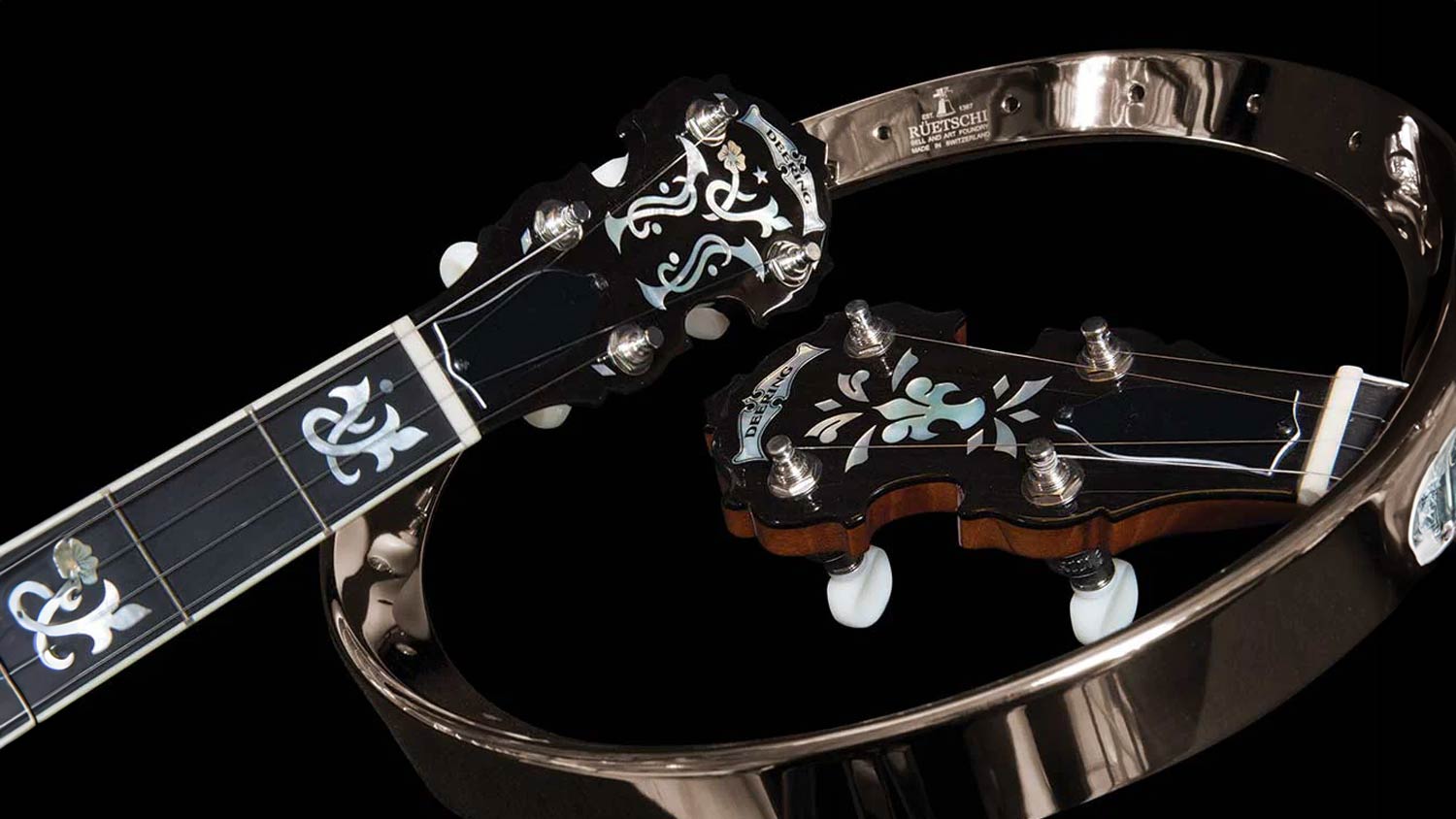

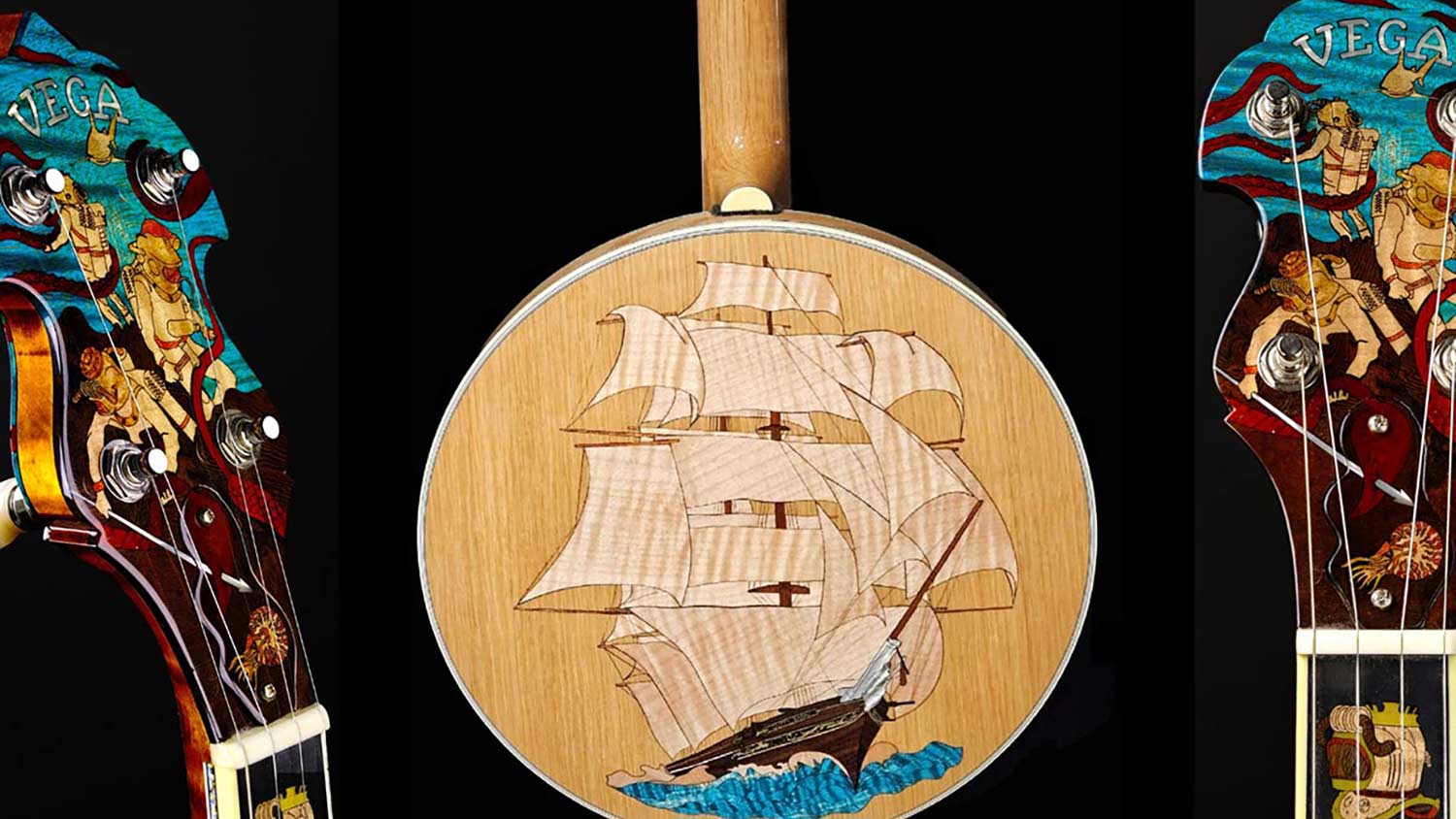





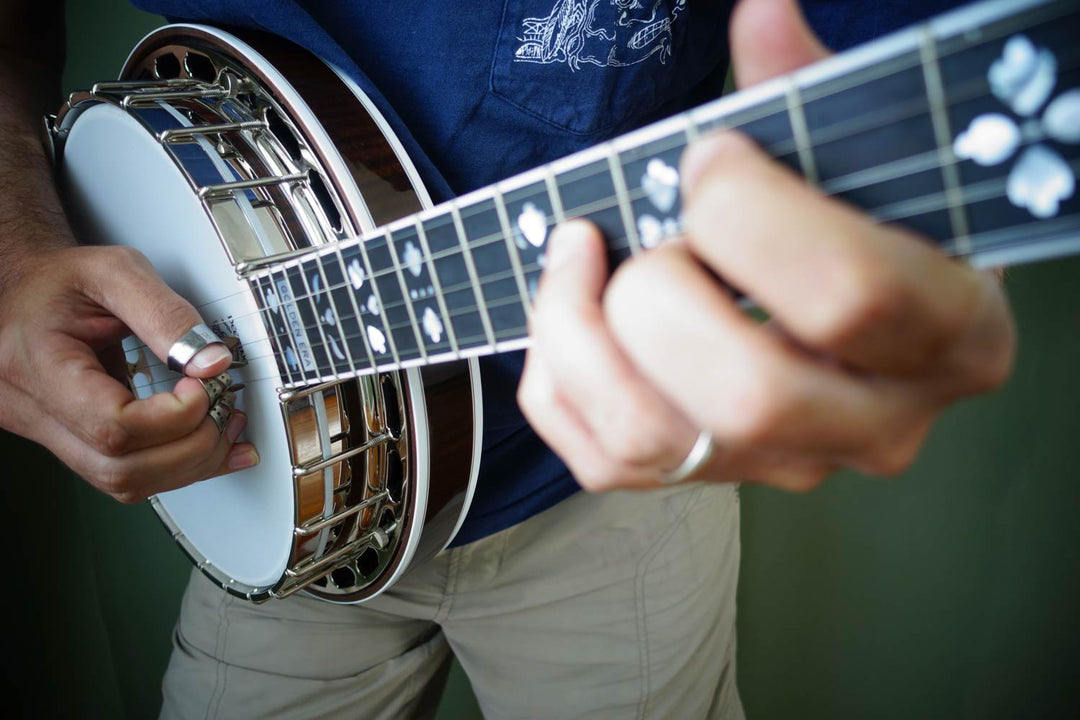
I don’t how much the Schaller D-tuners are like the Keith D-Tuners but my Schallers don’t seem to want to be set. I have to quit using them in order to tune the strings back to their normal tuning.
Nice piece of news thank you for sharing it.
My keith tuner no longer wants to hold the string. It lets it slip instead of staying tight. It will occationally hold but most times will not. It seems that the tightning screws are just turning without tightening down. Maybe it is stripped out? Can this be fixed or do I need to buy a new tuner? Can I buy just one or must I buy the set?
Can these be fitted easily to my Sierra, without damaging it? And also – can you recommend any makes. I notice Schaller make them. Any advice appreciated.
What notes are bill Keith’s tuners set to ?? So u can go from one to the other
Leave a comment